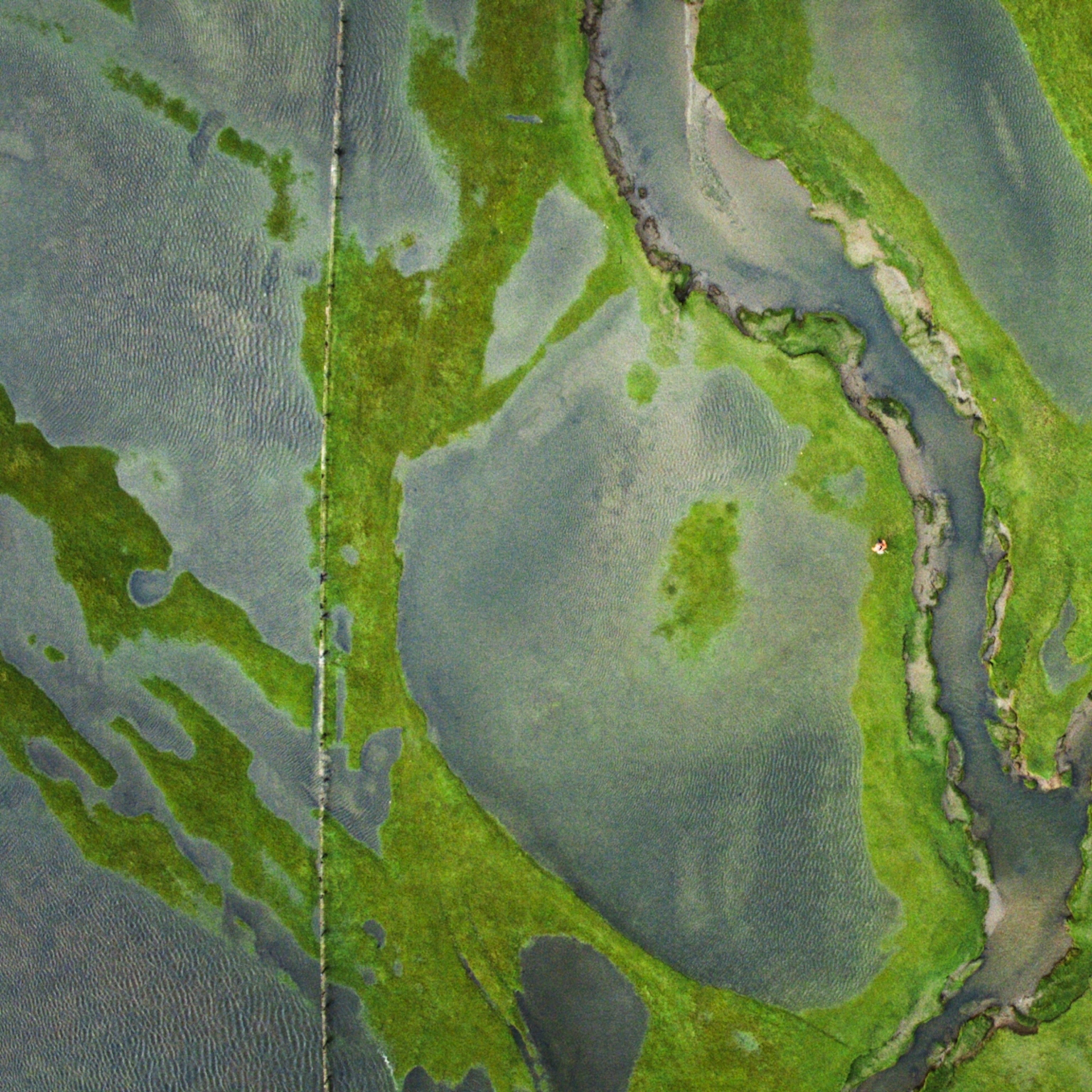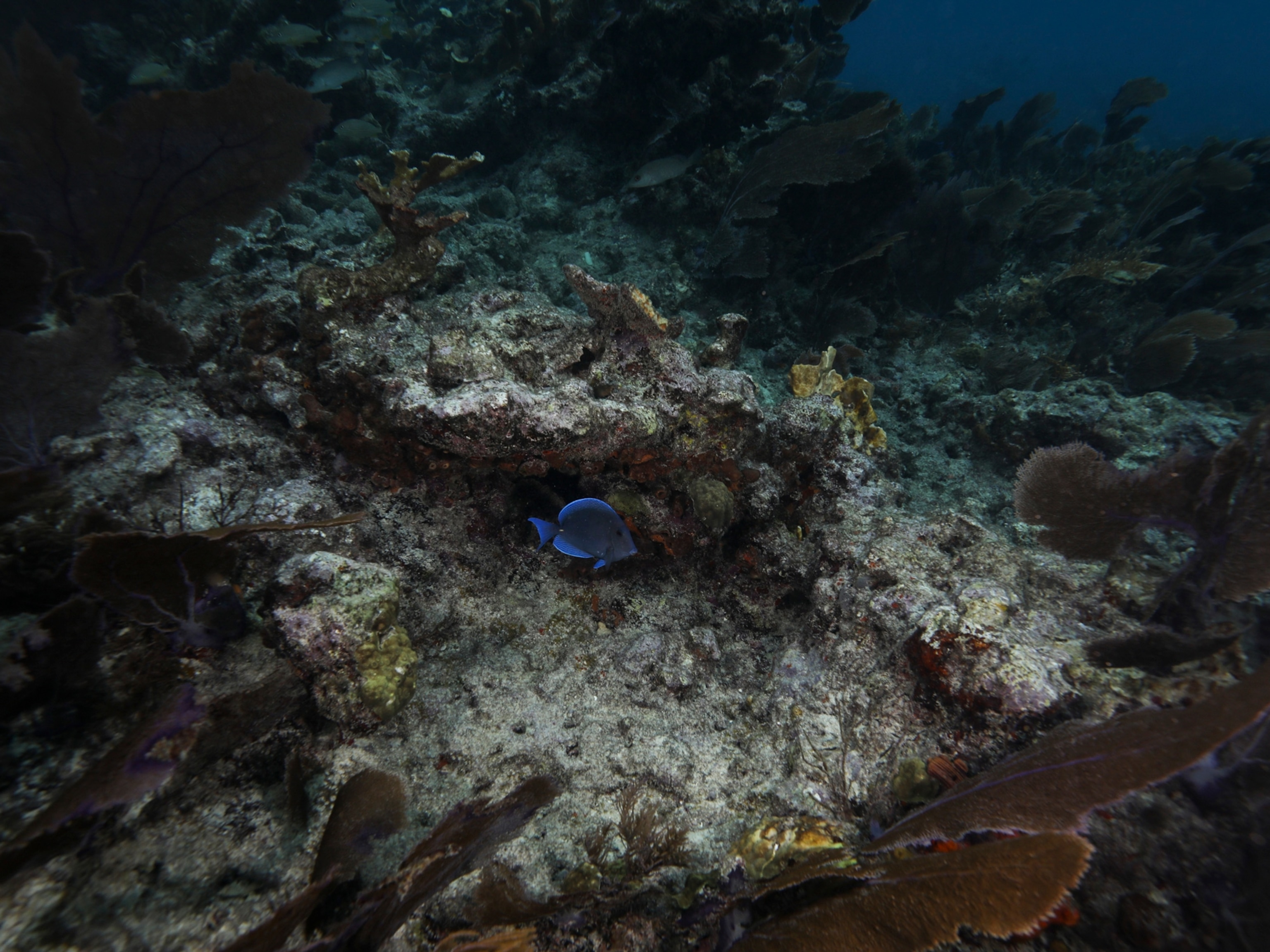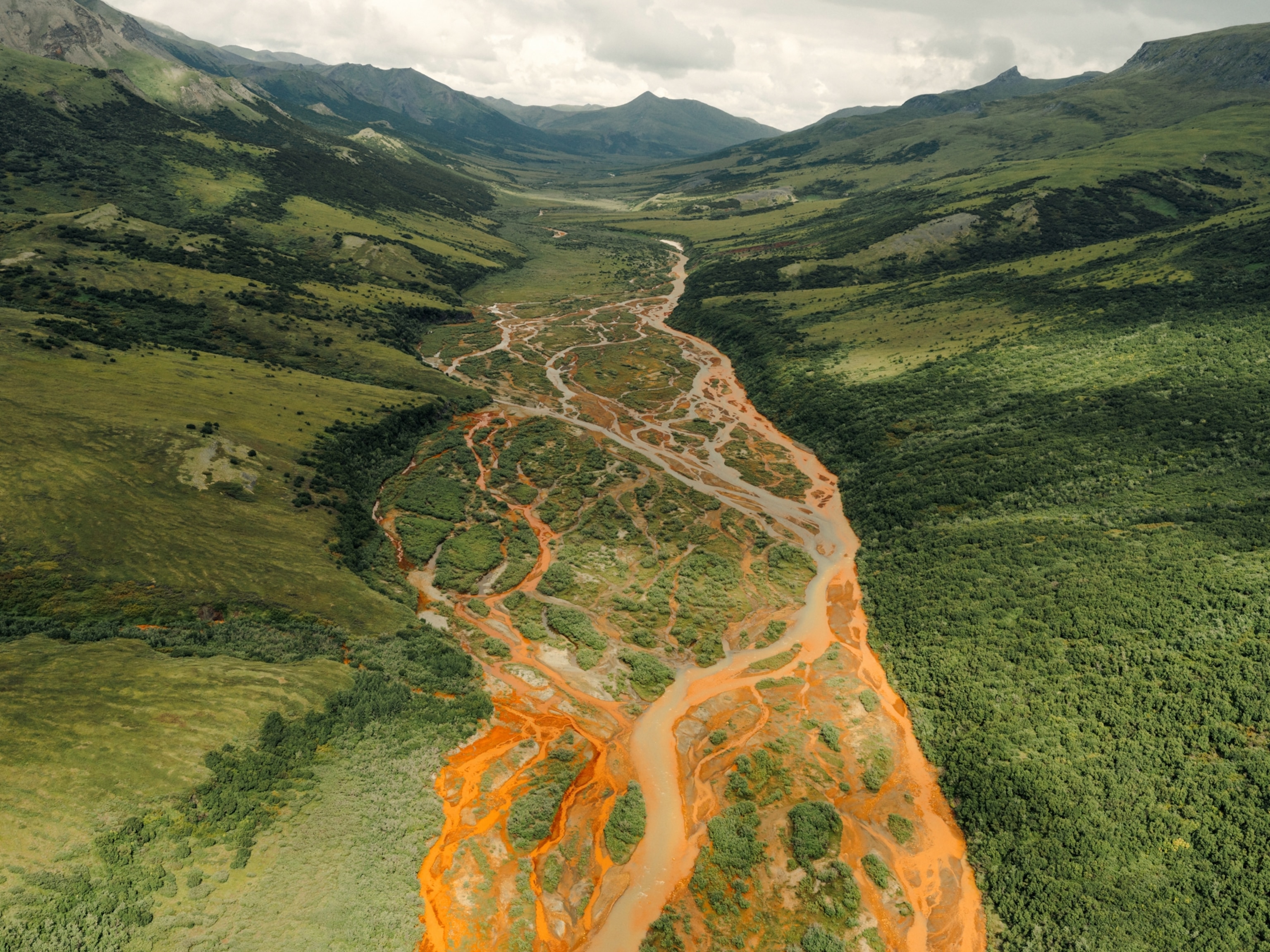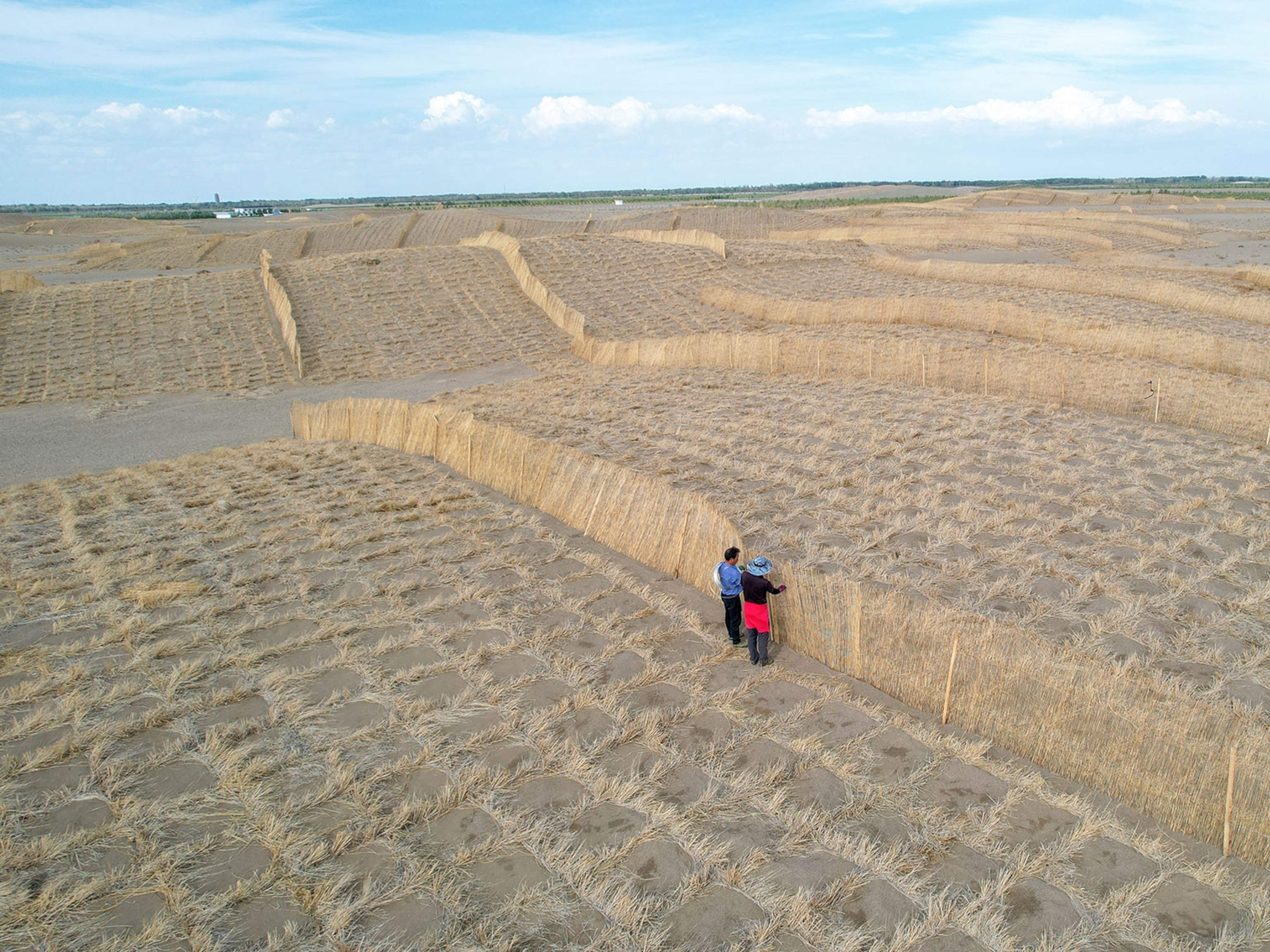Food systems: supporting the triangle of food security
As population grows and climate change quickens, we need to improve every element of the global food chain to deliver future food security.
“Food security” embraces the many complex factors and systems that describe our relationship with food, including health, environmental, and economic outcomes. Imagine a food security framework as a triangle: On one side is the pressing need to properly feed more than eight billion people. Leaning against this is another side, the urgent need to protect the planet from climate change and biodiversity loss. And underpinning both sides is the base of the triangle―the need to contribute to the livelihoods of people around the world working across the entire food supply system. The interactions comprising this triangle are so complex and interdependent that to achieve food security, we must maintain and improve all its sides, all the time. And the pressure is mounting.

Today, global food systems use almost half the world’s habitable land and around three-quarters of human water consumption, while generating more than a third of global greenhouse gas emissions (GHG). Despite this, 828 million people go to bed hungry and as many as 2.4 billion struggle to get regular access to sufficient food; meanwhile, more than a billion are classified as obese. As the population surges toward 10 billion – the estimation for 2050 - providing healthy diets for all in ways that won’t damage the environment, but will still support a resilient food chain, requires a holistic approach. Global food security means more than increasing production: growers, processors, packagers, distributors, policymakers, and consumers must work together to strengthen all three sides of the food security triangle.
The first challenge is improving food access―getting enough nutritious food to everyone in a way that ensures food safety, while still promoting a healthy diet. Traditionally, to feed more people you simply farmed more land, but this approach is no longer viable. Instead, we must make better use of existing farmland by boosting yields. With nearly two-thirds of agricultural land devoted to meat production, increasing the productivity of pastures is crucial. This might involve improving the quality of fodder, providing better veterinary care and land management, or even improving the animal breeds themselves. Science is also working to create plants that produce greater yields and are more resistant to pests, disease, and extreme weather.
Beyond this, there is a fundamental need for people everywhere to expand the range of foods they eat, making dietary choices that better support more equitable and sustainable food systems. Protein is essential for a healthy diet, but while it is often associated with meat, there are many other sources of protein to explore. Producers and consumers should be encouraged to embrace meat alternatives such as plant-based proteins, including nuts, beans, and seeds. These can be cultivated more readily and sold more affordably, boosting global access to a healthy diet.
Food processing and packaging also play essential roles in making nutritious food more readily available and helping to minimize food loss: globally, around 30 percent of food produced is wasted. As a leading food processing and packaging solutions company, Tetra Pak is committed to increasing global access to safe nutrition through innovative solutions. Aseptic processing and packaging ensure that both food and packaging materials are free of harmful bacteria; this enables a product’s long shelf life without the need for preservatives or refrigeration. Quality and safety of perishable foods are preserved, making them available to consumers over vast distances, while also helping to reduce food waste. What’s more, the aseptic cartons themselves are designed to be recyclable, and are usually made from around 70 percent paperboard.
To improve access to nutritious foods, collaboration is essential. Since 1962, Tetra Pak has been working with customers, stakeholders, governments, and NGOs to develop school feeding programs with the goal of improving the health and education of schoolchildren. This collaboration provides practical support and enables the sharing of expertise on best practices to ensure food safety and quality control. Aseptic packaging is a part of this, keeping milk and other perishable foods safe at room temperature for up to six months—and providing more children access to a healthier diet.
All efforts to increase global access to healthy foods must be balanced with the need to protect the planet by minimizing the carbon footprint and environmental impact across the entire food system. This requires a shift from intensive industrial agriculture to less destructive land management, including a reduced reliance on monoculture supported by chemical fertilizers and pesticides. Moving away from tradition, hydroponics skips soil completely to grow crops in nutrient-rich water, often indoors where every aspect can be controlled to maximize yield. While relatively small-scale, this method offers the potential to grow some crops in previously difficult-to-farm places.
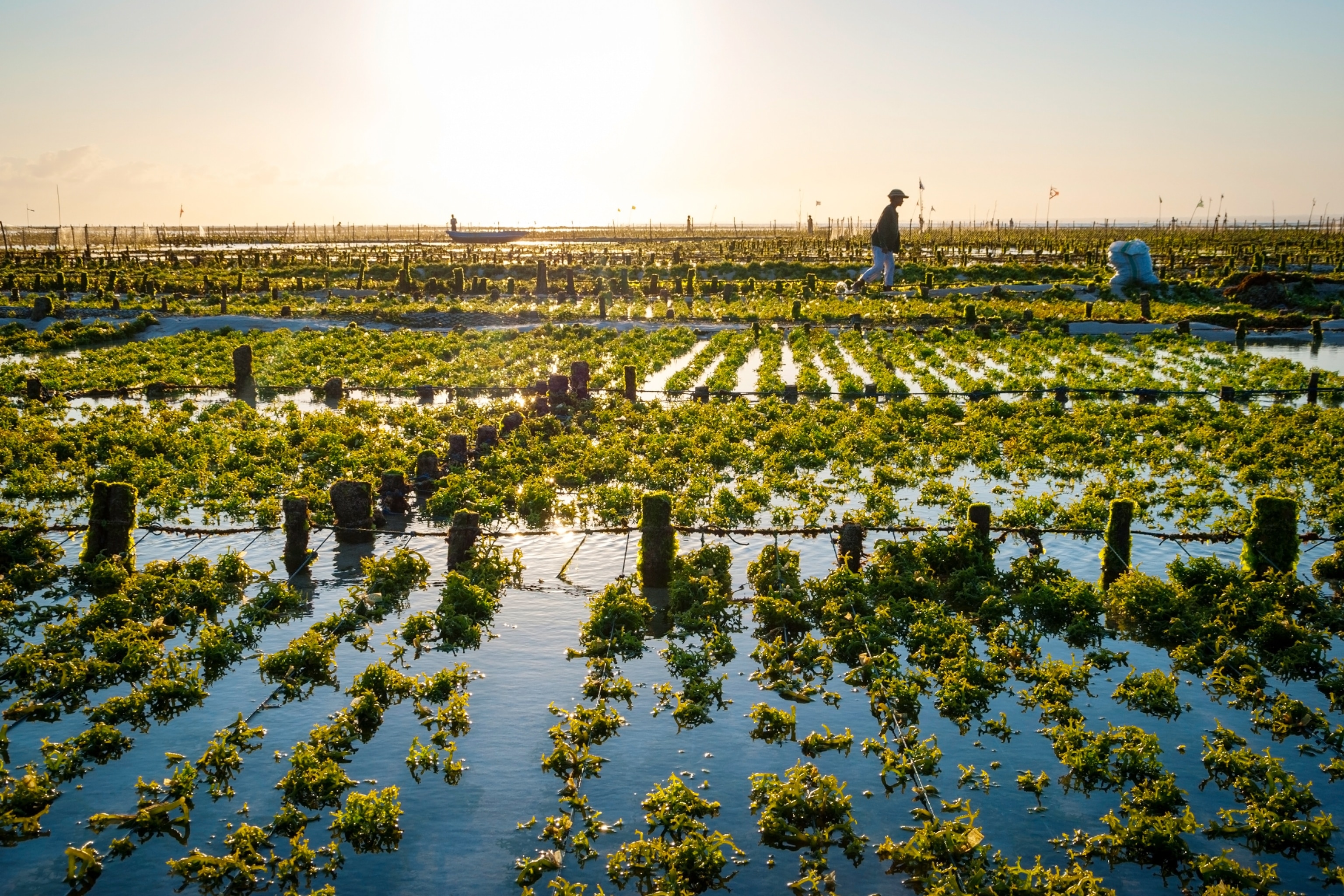
The rapid development of more diverse sources of protein would also support the world’s transition to decarbonized food systems. Alternative proteins such as plants, insects, algae, and fermentation-derived proteins, as well as lab-grown meat, could be used instead of traditional animal-based sources of protein. These other protein sources meet dietary needs through a much more efficient use of land and water, including a greatly reduced demand for fodder crops. The challenge is to scale up the innovations in alternative protein sources. Here, Tetra Pak is collaborating with start-ups and knowledge partners to help scale up new food technologies, such as biomass and precision fermentation to make new foods viable at an industrial scale.
Even so, without a secure livelihood for the more than 1.2 billion people involved in putting food on our plates, the food security triangle becomes untenable. This goes beyond growers to include everyone working in the food system—the processors who turn wheat into flour, the manufacturers who turn the flour into bread, the packagers who keep the bread fresh for longer, the distributors who transport the bread, and the retailers who sell it. In this way, the challenge is more than protecting crops in the field: it includes building the resilience to withstand disruption throughout the food chain caused by everything from climate change to conflict to economic instability.
Policymakers and industry leaders can drive positive change to build resilience through education and awareness to inspire action, and they can provide assistance with financial support to ease the transition and technologies to help make change happen. Such positive collaboration can bring substantial benefits to food producers. Through the international Dairy Hub Model, the collaboration of stakeholders that includes Tetra Pak, local dairy processors, international aid agencies and NGO’s is helping to build sustainable value chains by improving the productivity, market access, and profitability of smallholder dairy farms. By providing training and technical support to farmers caring for their cattle, and by linking local smallholders to dairy processors, the Dairy Hubs increase the quantity, quality, and availability of milk each cow produces and provides a stable income to the smallholder farmers and their families - building a more resilient food chain.
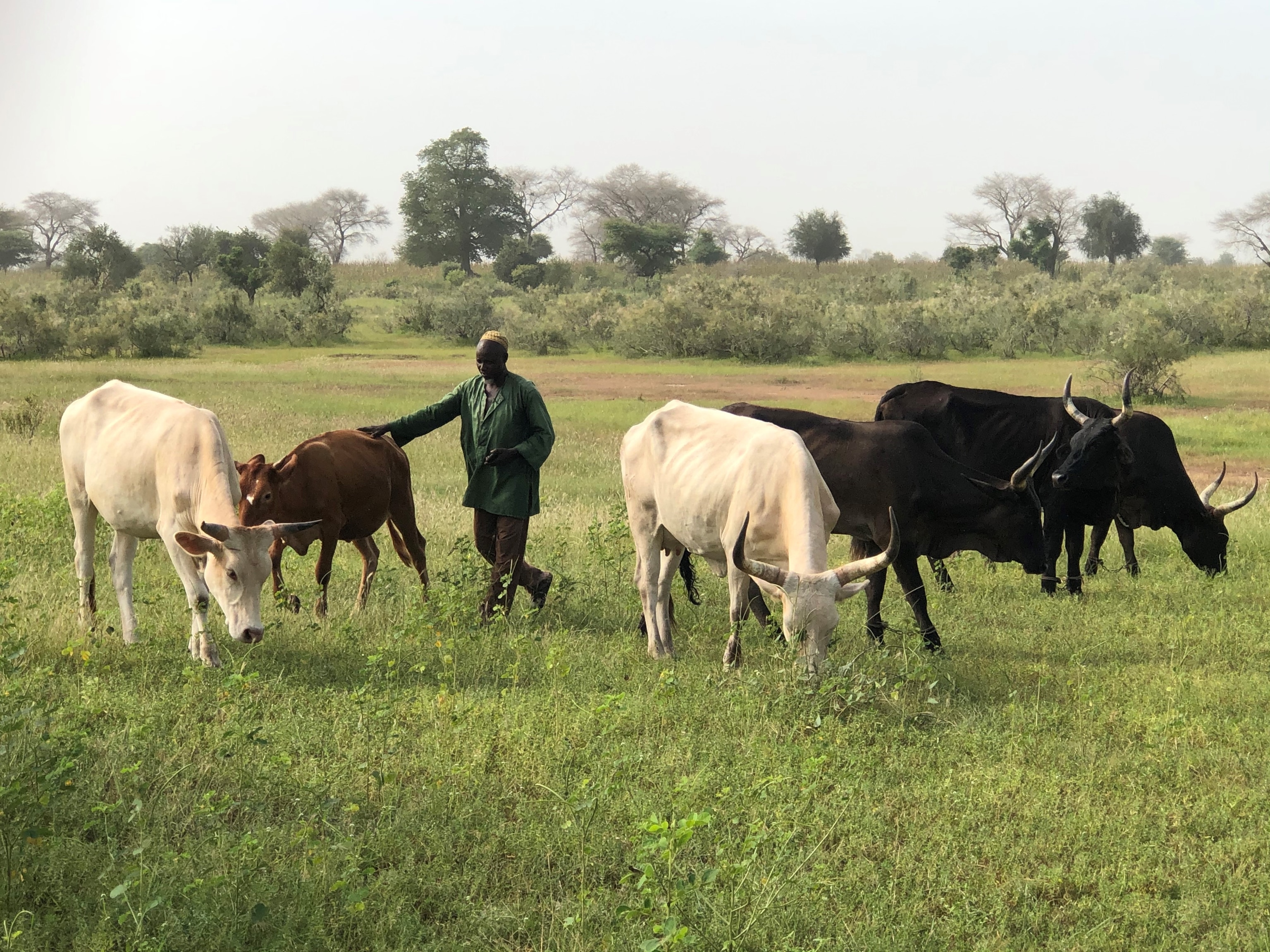
And this strong collaboration is exactly what is needed. There is no silver bullet to solve the global food crisis: no single action will feed the world. The complex challenges of a global food system can only be addressed with a holistic approach that recognizes the interconnections between food production, people, and planet. These are challenges that require the collaboration of the entire food system, which, together, can aim even higher to transform the way food is grown, produced, processed, packaged, distributed, and even consumed—while simultaneously supporting all three critical sides of the food security triangle.

